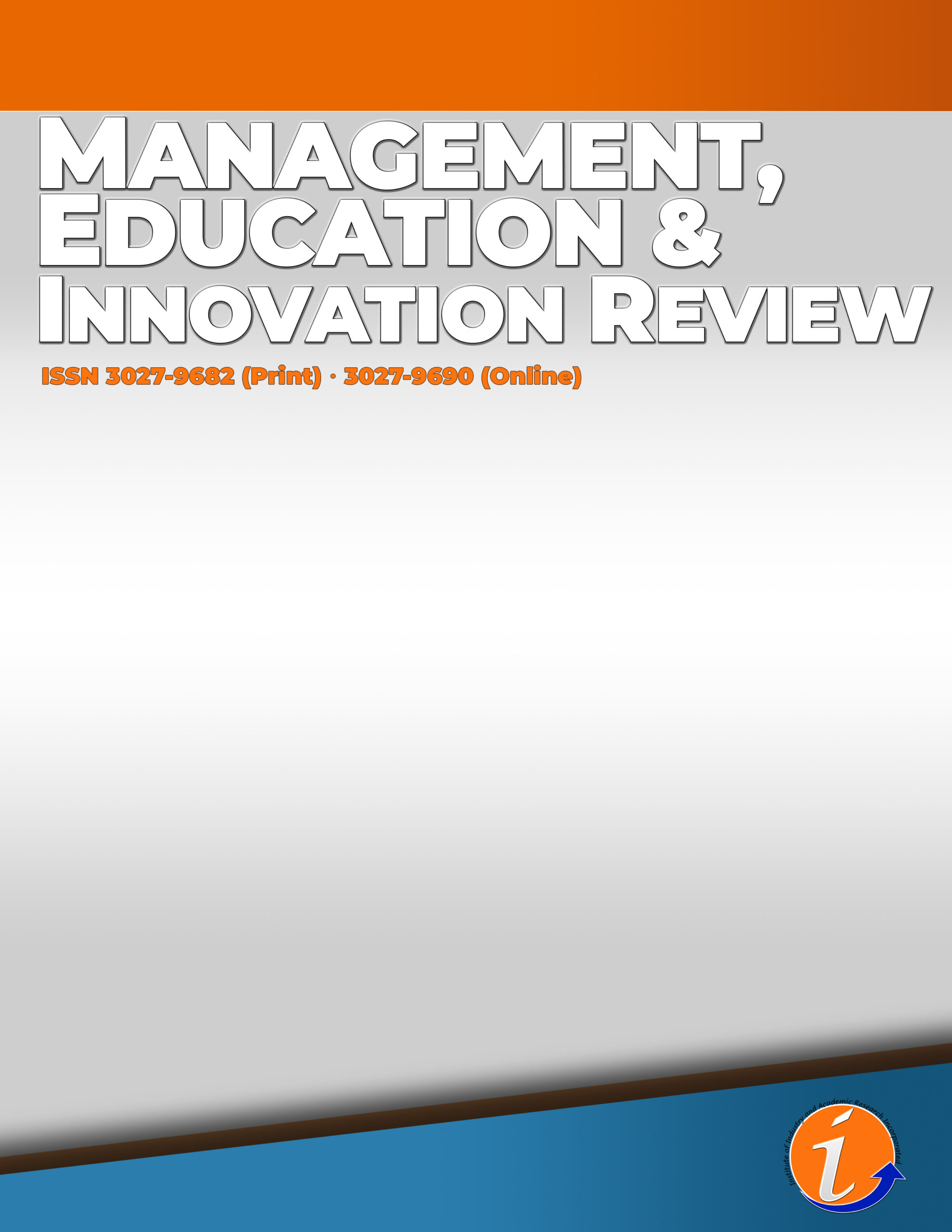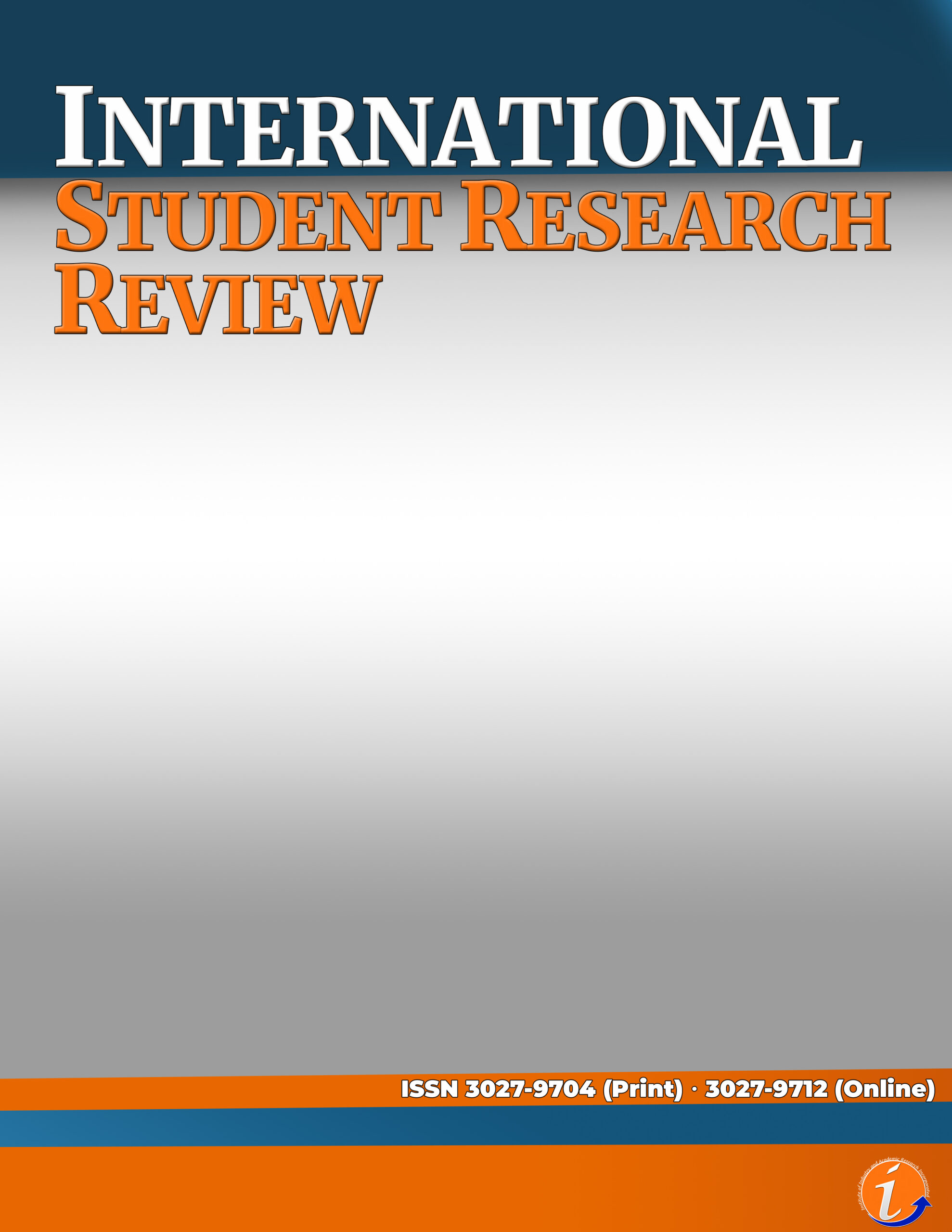The study focuses on the factors that influence digital currency usage in Ilocos Norte, Philippines. The study's participants were Ilocos Norte locals who were chosen through a quota sampling technique. The questions were distributed to respondents via Google Forms by the researchers. According to the study findings, early adulthood is more active in engaging in the use of digital currency, females were the majority dwarfing males, single individual is the most prevalent as they have more time to prioritize themselves than married people, and majority of them have a monthly income of less than 20,000. In terms of digital currency adoption factors, respondents find it easy to access and display digital currency; in terms of perceived usefulness, respondents can transact completely with no problem and no harm from using digital currencies, this enhances speed and allows for faster money or fund transfers. In terms of transaction processing, they find it simple to send and receive payments from anyone in the world. In terms of security and control, they discovered that using digital currency is secure and efficient for them, they discovered that using digital money can meet their needs and desires. Among the factors influencing the adoption of digital currencies in Ilocos Norte, perceived utility has the highest weighted mean overall, indicating that the majority of respondents thought cryptocurrency was particularly beneficial to them.
digital currency, cryptocurrency, blockchain technology, bitcoin
This paper is presented in 3rd International Research Competition
Arias-Oliva, M., Pelegrín-Borondo, J., & Matías-Clavero, G. (2019). Variables Influencing Cryptocurrency Use: A Technology Acceptance Model in Spain. Frontiers in Psychology, 10. https://doi.org/10.3389/fpsyg.2019.00475
Baker-Eveleth L., Eveleth D. M., O’Neill M., Stone R. W. (2006). Enabling laptop exams using secure software: Applying the Technology Acceptance Model. Journal of Information Systems Education, 17(4), 413–420.
Berentsen, A. (2019). Aleksander Berentsen recommends “Bitcoin: A peer-to-peer electronic cash system” by Satoshi Nakamoto. 21st Century Economics, 7-8. https://doi.org/10.1007/978-3-030-17740-9_3
Bohannon, J. (2016). The bitcoin busts. Science, 351(6278), 1144-1146. https://doi.org/10.1126/science.351.6278.1144
Darlington, J.K. (2014). The future of bitcoin: Mapping the global adoption of world’s largest cryptocurrency through benefits analysis. Chancellor’s Honors Program Projects. https://trace.tennessee.edu/utk_chanhonoproj/1770
Dastgir, S., Demir, E., Downing, G., Gozgor, G., & Lau, C. K. (2019). The causal relationship between bitcoin attention and bitcoin returns: Evidence from the copula-based Granger causality test. Finance Research Letters, 28, 160-164. https://doi.org/10.1016/j.frl.2018.04.019
Davis, F. D., Bagozzi, R. P., & Warshaw, P. R. (1989). User acceptance of computer technology: A comparison of two theoretical models. Management Science, 35(8), 982-1003. https://doi.org/10.1287/mnsc.35.8.982
Farell, R. (2015). An analysis of the cryptocurrency industry. Wharton Research Scholars Journal, 130.
Featherman, M. S., & Pavlou, P. A. (2003). Predicting E-sErvicEs adoption: A perceived risk facets perspective. International Journal of Human-Computer Studies, 59(4), 451-474. https://doi.org/10.1016/s1071-5819(03)00111-3
Fishbein, M. & Ajzen, I. (1980). Understanding attitudes and predicting social behavior. Prentice Hall.
Folkinshteyn, D. & Lennon, M. (2016). Braving bitcoin: A technology acceptance model (TAM) analysis. Journal of Information Technology Case and Application Research, 18(4), 220-249. https://doi.org/10.1080/15228053.2016.1275242
Glaser, F.K., Zimmerman, M., Haferkorn, M.C., Weber, & Siering, M. (2014). Bitcoin – asset or currency? Revealing users’ hidden intentions. Social Science Research Network.
Kim, T. (2017). On the transaction cost of bitcoin. Finance Research Letters, 23, 300-305. https://doi.org/10.1016/j.frl.2017.07.014
Kuo Chuen, D. L., Guo, L., & Wang, Y. (2017). Cryptocurrency: A new investment opportunity? SSRN Electronic Journal. https://doi.org/10.2139/ssrn.2994097
Krombholz, K., Judmayer, A., Gusenbauer, M., & Weippl, E. (2017). The other side of the coin: User experiences with bitcoin security and privacy. Financial Cryptography and Data Security, 555-580. https://doi.org/10.1007/978-3-662-54970-4_33
Nadeem, M. A., Liu, Z., Pitafi, A. H., Younis, A., & Xu, Y. (2021). Investigating the adoption factors of cryptocurrencies: A case of bitcoin: Empirical evidence from China. SAGE Open, 11(1), 215824402199870. https://doi.org/10.1177/2158244021998704
Ndubisi N. (2006). Factors of online learning adoption: A comparative juxtaposition of the theory of planned behaviour and the Technology Acceptance Model. International Journal on E-Learning, 5(4), 571–591.
Neroth, P. (2013). Cyber currency: One way to bypass the Euro. Engineering & Technology, 8, 18.
Pan, C., Gunter, G., Sivo, S., & Cornell, R. (2005). End-user acceptance of a learning management system in two hybrid large-sized introductory undergraduate courses: A case study. Journal of Educational Technology Systems, 33(4), 355-365. https://doi.org/10.2190/b7tv-x8rn-0l66-xtu8
Roca, J. C., Chiu, C., & Martínez, F. J. (2006). Understanding E-lEarning continuance intention: An extension of the technology acceptance model. International Journal of Human-Computer Studies, 64(8), 683 696. https://doi.org/10.1016/j.ijhcs.2006.01.003
Segendorf, B. (2014). What is bitcoin. Sveriges Riksbank Economic Review, 2, 71-87
Stamford, C. (2016). Gartner’s 2016 hype cycle for emerging technologies identifies three key trends that organizations must track to gain competitive advantage. Gartner. https://www.gartner.com/
Samson, T. (2012). Malware infects 30% of computers in U.S. InfoWorld. https://www.infoworld.com/article/2618043/
Van Alstyne, M. (2014). Why bitcoin has value. Communications of the ACM, 57(5), 30-32. https://doi.org/10.1145/2594288
Venkatesh, V., & Davis, F. D. (2000). A theoretical extension of the technology acceptance model: Four longitudinal Field studies. Management Science, 46(2), 186-204. https://doi.org/10.1287/mnsc.46.2.186.11926
Venkatesh, M. & Davis, D. (2003). User acceptance of information technology: Toward a unified view. MIS Quarterly, 27(3), 425. https://doi.org/10.2307/30036540
Walker, M.J. (2017). Hyper cycle for emerging technologies. Fartner.
Xie, R. (2019). Why China had to ban cryptocurrency but the US did not: A comparative analysis of regulations on crypto-markets between the US and China. Washington University Global Studies Law Review, 18, 457-492.
Cite this article:
Tarampi, K.F.S., Ballesteros, R.F. & Maruquin, A.J.P. (2024). Adoption factors of digital currencies in Ilocos Norte. The Research Probe, 4(1), 28-33. https://doi.org/10.53378/trp.0624.1.6
License:
![]()
This work is licensed under a Creative Commons Attribution (CC BY 4.0) International License.













